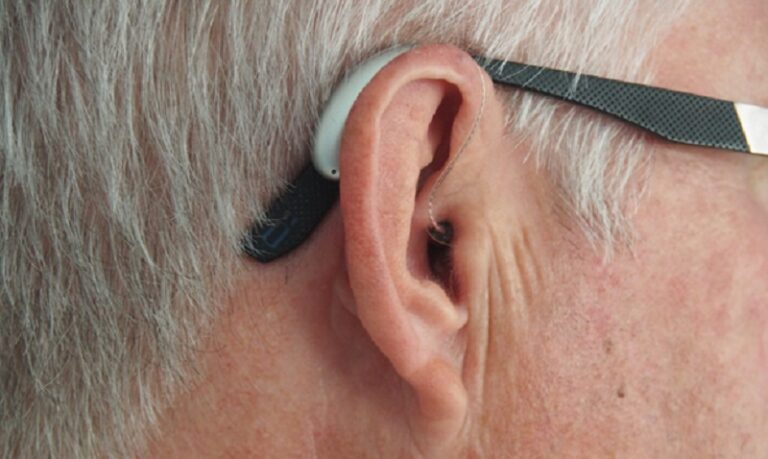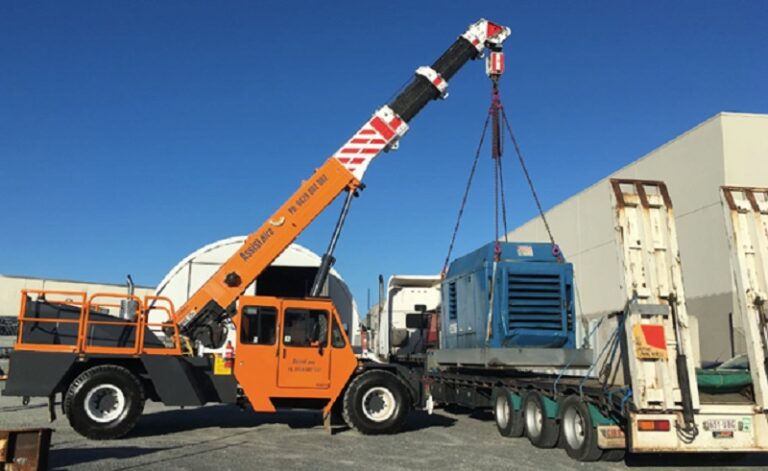
Wireless information technologies are one of the information and communication technologies, providing new ways to communicate as wireless devices have become an integral part of our daily lives, starting from smartphones and tablets to smartwatches and fitness trackers, these sleek gadgets offer convenience and connectivity like never before. There is no doubt that telecommunication technologies can provide comfort as well as improve the quality of our everyday lives. Wireless technologies can have some harmful impacts on the environment, many of which have been identified, while others are still under investigation. There are some impacts of wireless systems on people’s lives on Earth, such as electromagnetic radiation and impacts on the visual landscape of cities. So, now let us see the environmental and health impacts of wireless networks along with Accurate 5g tester, 5G test equipment, 5g network tester tools and Accurate 4G Testing RF drive test software, Cellular LTE RF drive test tools & equipment in detail.
This technology has pushed as an opportunity to reduce society’s overall environmental impacts, but then rigorous system-wide environmental impact is there if you compare these technologies to the traditional applications. For example, reading newspaper content on a personal digital assistant (PDA) is compared to the traditional way of reading a newspaper as you compare to reading a newspaper, receiving the news on a PDA wirelessly results in the release of 32−140 times less CO2, several orders of magnitude less NOx and SOx, and the use of 26−67 times less water; wireless teleconferencing is compared to business travel as wireless teleconferencing results in 1−3 orders of magnitude lower CO2, NOx, and SO2 emissions than business travel.
There are several environmental impacts that give effect on the performance of wireless networks. You must estimate the reduction of your wireless signals because of these factors. Let us discuss about wireless environmental factors as mentioned below.
- Walls and ceilings: Walls and ceilings can degrade signal strength if we talk between the AP and wireless clients. Wireless signals can penetrate walls and other structures, but the problem is that rate of penetration is directly related to the type of building materials, materials thickness, and the distance from the wireless antenna.
- Building materials: Building materials such as metal and aluminum doors, concrete, glass, metal studs, brick walls, and other types of can have a significantly negative effect on the signal strength of wireless signals.
- Electro-magnetic interference: Electro-magnetic interference (EMI) from other electrical devices, such as microwaves, cordless phones, and wireless headsets, etc. can generate large RF noise and disrupt wireless communications.
- Distance: Wireless signals degrade quickly and ended their maximum range; hence you must plan your network carefully that should be provided with adequate wireless coverage over the range you require in your environment.
- E-waste: The result of a significant amount of electronic waste happens due to rapid technological advancements.
- Energy consumption: Wireless devices not only require energy to charge and operate but also data centers and telecommunication networks supported with such devices also consume vast amounts of energy.
- Resource depletion: The production of wireless devices relies on various metals and minerals that are often extracted in environmentally sensitive areas and the extraction process can lead to deforestation, habitat destruction, and pollution.
In addition, there are also health problems occur due to wireless network.
- Different health problems associated with cell phone radiation as the signals from a wireless network are potentially dangerous to humans.
- The constant proximity to wireless signals can cause headaches, insomnia, cardiac arrest, and many other health issues as wireless network signals predominantly affect the lower half of the human body and can trigger liver and pancreatic cancer.
Conclusion
As wireless technology continues to advance and undoubtedly enhance our lives, their environmental impact cannot be ignored. But, we can mitigate the negative impact on the environment by promoting responsible e-waste disposal, investing in energy-efficient infrastructure, using sustainable materials, and transitioning to renewable energy sources. By checking network stability continuously and other related measures, we can ensure that wireless technology continues to enhance our lives while minimizing its environmental footprint. RantCell is the non-traditional tool, designed as SaaS based software that can be installed in smart phones to perform tests seating anywhere at any time. You can also analyse data conducted through tests on RantCell’s web-based dashboard.






